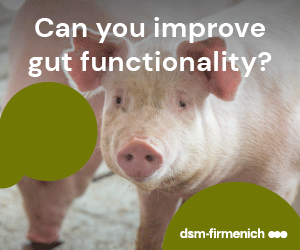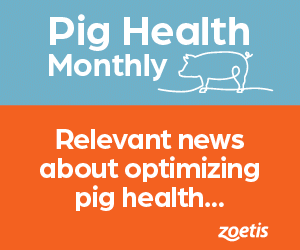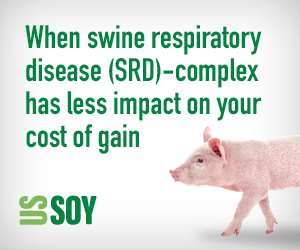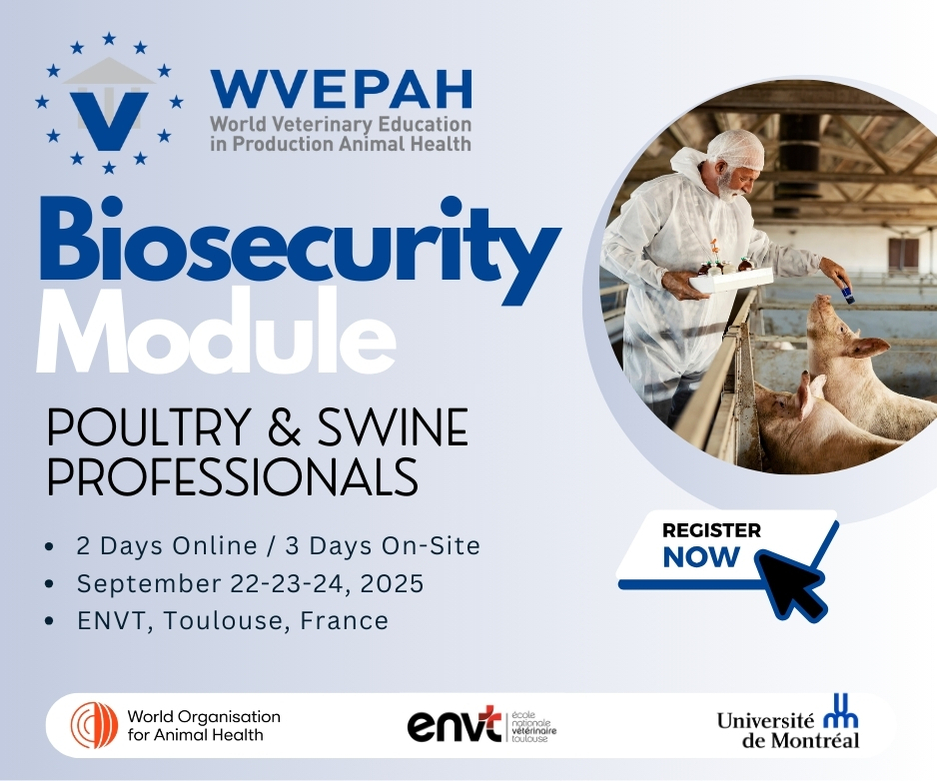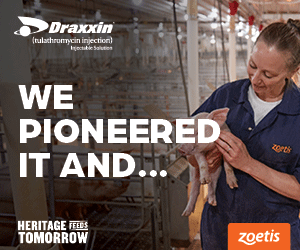



Swine Influenza Viruses in Circulation in European Pigs Exhibit an Increasing Genetic Diversity Since 2009
Swine influenza causes concern for veterinary and public health. Thus, ongoing knowledge of influenza A viruses circulating in pigs is necessary for the prevention and control of the disease in pigs, but also to detect reassortant viruses that may pose a threat to humans, as was the case for the H1N1 virus responsible for the last pandemic in 2009 (H1N1pdm), write Gaëlle Simon et al, Merial.In continuation to two previous coordination actions (2001-2008) that initiated the surveillance for swine influenza viruses (SIVs) circulating in European pigs, a third phase of the European Surveillance Network for Influenza in Pigs (ESNIP3) aimed to expand the knowledge of European SIVs from 2010.
to 2013. ESNIP3 stimulated surveillance in European countries and supported the coordination of appropriate diagnostic tools and subtyping methods. Thus, in an extensive virological monitoring, mainly conducted through passive surveillance programs, more than 9 000 herds in 17 countries were examined over a period of three years.
Influenza A viruses were detected in 31% of herds, from which 1887 viruses were subtyped preliminary.
Viruses of the 3 subtypes enzootic in swine (H1N1, H3N2, H1N2) were identified but several genetic lineages were distinguished depending on the origin of genomic segments.
Thus, the dominating lineages were identified to represent the 3 previously known European enzootic SIVs, i.e. the avian-like swine H1N1 (53.6%), the human-like reassortant swine H1N2 (13%) and the human-like reassortant swine H3N2 (9.1%), but also the H1N1pdm lineage (10.3%). Viruses from these four lineages co-circulated in several countries, but with very different relative levels of incidence.
The H3N2 lineage was missing from some areas whereas it was still prevalent in other parts of Europe.
Interestingly, regions free of H3N2 were those that exhibited the highest frequencies of H1N2 viruses in circulation. H1N1pdm viruses were detected at an increasing rate in some countries throughout the three year period, indicating that this subtype has become established in the European pig population.
Finally, based on HA and NA identification, 13.9% of the viruses represented reassortants between these four lineages. Among them, reassortants between older enzootic SIVs and H1N1pdm emerged in several countries and were detected at an increasing frequency in 2012-2013.
Surveillance of SIV infections on a European scale revealed striking differences between countries participating in the ESNIP3 network regarding the prevalence of ancient and newly emerged SIV lineages. Some novel reassortants might become established in pig herds in the near future and potentially provide implications for zoonotic infections.
Presented at the 2015 European Symposium of Porcine Health Management
October 2015






